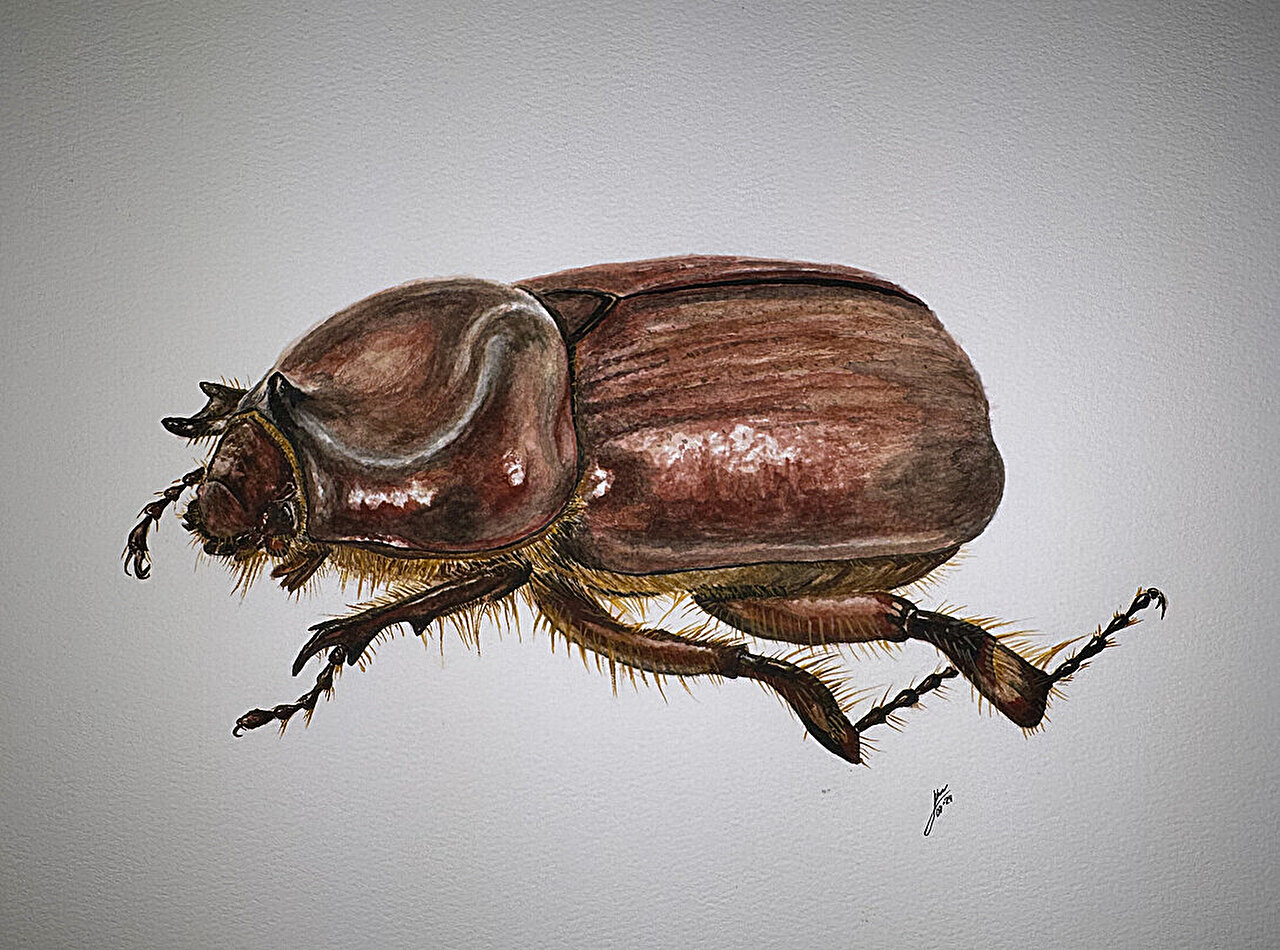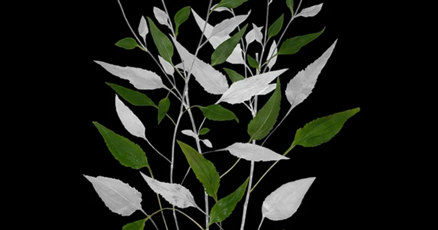- Details
- By Kaili Berg
-
May 03, 2024
Renowned Cree Métis and Two-Spirit artist, activist, fashion designer, and educator Jason Baerg is set to make waves once again as they unveil their latest collection at the Southwestern Association for Indian Arts (SWAIA) Native Fashion Week on May 5.
Operating under their fashion label, Ayimach Horizons, Baerg will introduce the Kapishkum (Transcend) Collection for SWAIA, paying tribute to their Cree and Métis heritage.
Inspired by the essence of water and the changing seasons, the collection blends traditional materials like leather and silk with contemporary design elements. Each piece reflects the fluidity and transformative power of water, with transparent fabrics and metallic accents adding a touch of elegance, while dynamic touches of horsehair infuse the collection with movement, evoking the spirit of the land.
After earning recognition as one of Vogue’s “21 Artists to Know at This Year’s Santa Fe Indian Market,” Baerg’s creative journey has taken them to prestigious platforms such as the Musée McCord Stewart in Montreal and Fashion Art Toronto.
Native News Online spoke with Baerg about their journey in the fashion industry, focusing on their inspiration, challenges faced by Indigenous artists, and their aspirations to contribute to the history of art and fashion.
This article has been edited for clarity and length.
What inspired you to get into the fashion industry?
I started my first capsule collection in 2018, in the resort space, with the Fashion Art Gallery in New York City. I’ve always loved fashion, being raised by strong Indigenous women. I’m also two-spirit. Fashion was such a powerful vehicle in the 80s, making it an expressive art form for me. I’m also an artist, a tenured professor in drawing and painting at OCAD University in Toronto, which holds the largest painting department in North America.
What are you most looking forward to about showcasing the Kapishkum (Transcend) Collection at SWAIA Native Fashion Week?
I started this conceptual journey focusing on East-West sunrises and honoring elements like fire, earth, and metals. We’ll experience all the beautiful colors of water and its transformative power on the runway this year.
Water seems to play a significant role in the collection.Could you elaborate on the symbolism of water and how it informs your artistic expression?
This year, I’m honoring water. Copper is also a key signifier because copper purifies water. So, we’re going to be experiencing all the beautiful colors of what water lives in. We also think about transformation. Water starts out as liquid, vaporizes to clean itself, rises through the atmosphere, and then returns as rain, snow, or hail. It carries memory and a story. There’s so much that water does, so I’m really honoring water through this collection. I’m looking forward to presenting that work.
What challenges have you faced as an Indigenous artist in the fashion world, and how have you overcome them?
I’m white presenting. I just want to be honored and respected as an equal. Lateral violence is improving, but being white passing has been a challenge. My grandmother and great-grandmother went to residential school, andsome married white men for safety. I believe Native makers deserve space for mastery. That’s what I welcome in the next phase of making — to focus and honor my gift.
What message or feeling do you hope your audience takes away at SWAIA from experiencing the Kapishkum Collection?
I believe in our people and cultural teachings. I want them to feel empowered,inspired, to call in their dreams and live them, propelling forward together in power.
Finally, looking ahead, what are your aspirations for the future of your career?
I have an exciting project in Los Angeles within a museum space. I’ve previously presented at the National Gallery of Canada, making me one of the first Native artists there in the fashion space. Next, I’ll be opening a fashion festival in Montreal, reaching an audience of 10,000 in August. My aspirations include making valuable contributions to art and fashion, particularly for my people and our history, akin to greats like Eve Celeron.
More Stories Like This
Here’s What’s Going in Indian Country, May 3rd — May 9th
Jim Thorpe, the World’s Greatest Athlete, Posthumously Honored with the Presidential Medal of Freedom
Sundance Institute Announces Fellows for the 2024 Directors, Screenwriters, and Native Labs
Q+A: Waha Delormier on Elevating Indigenous Representation in Fashion and Film
Native Perspective. Native Voices. Native News.
We launched Native News Online because the mainstream media often overlooks news that is important is Native people. We believe that everyone in Indian Country deserves equal access to news and commentary pertaining to them, their relatives and their communities. That’s why the story you’ve just finished was free — and we want to keep it that way, for all readers. We hope you’ll consider making a donation to support our efforts so that we can continue publishing more stories that make a difference to Native people, whether they live on or off the reservation. Your donation will help us keep producing quality journalism and elevating Indigenous voices. Any contribution of any amount — big or small — gives us a better, stronger future and allows us to remain a force for change. Donate to Native News Online today and support independent Indigenous-centered journalism. Thank you.

















